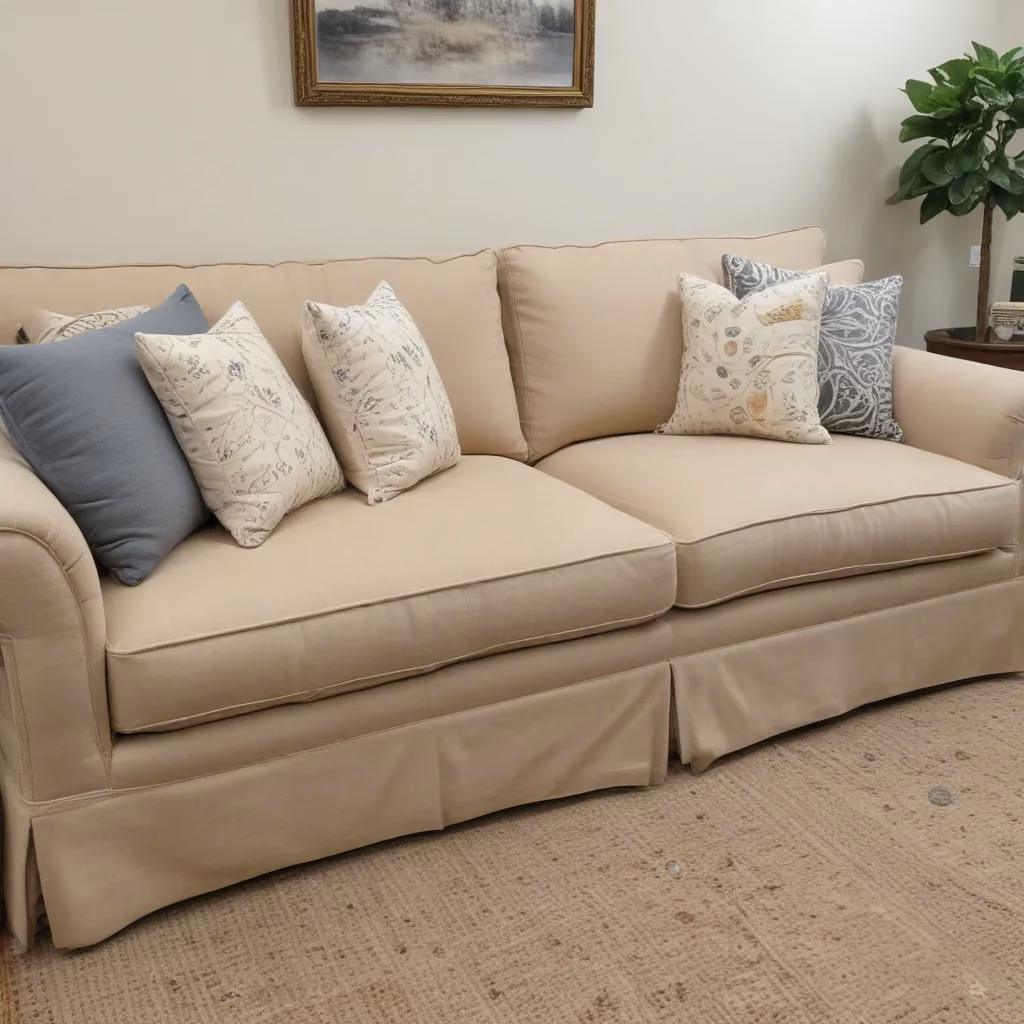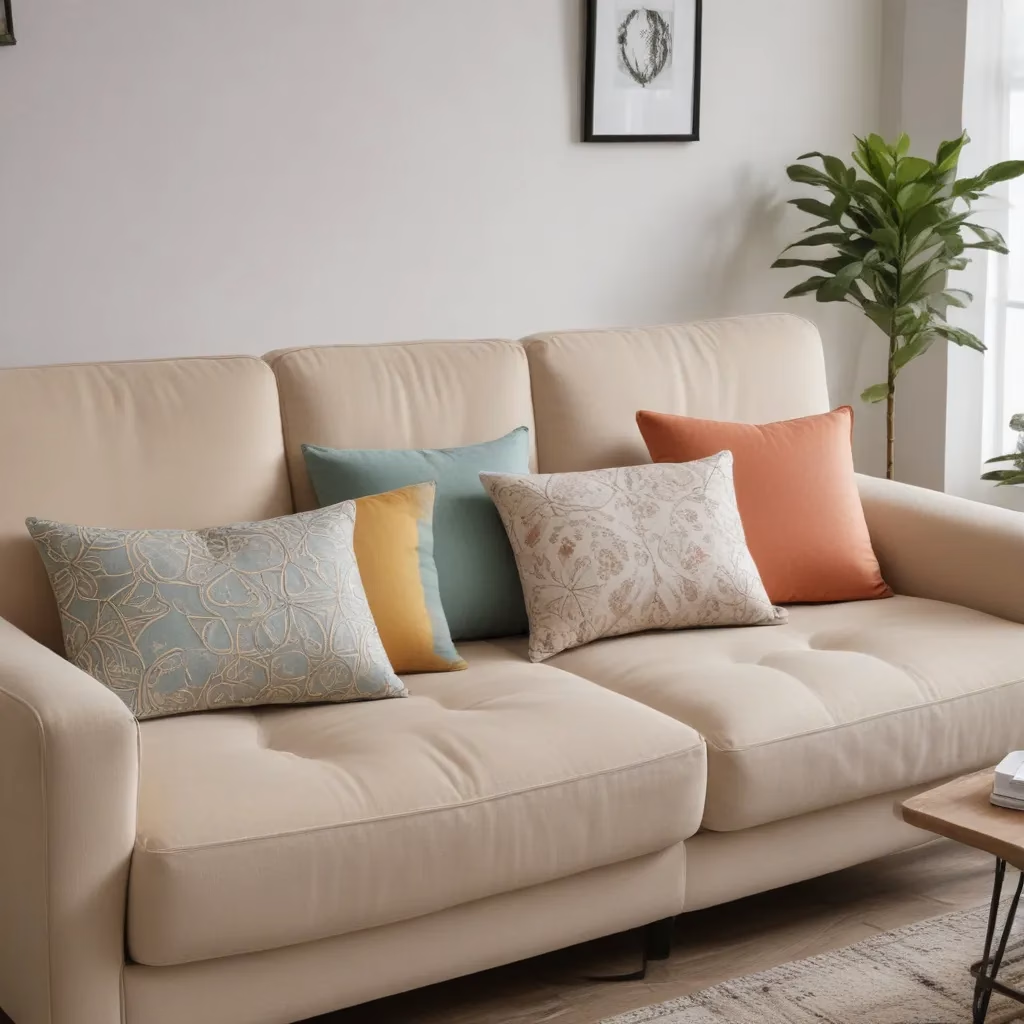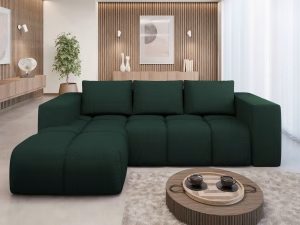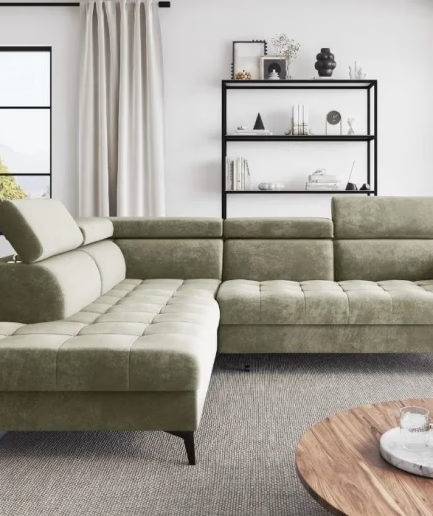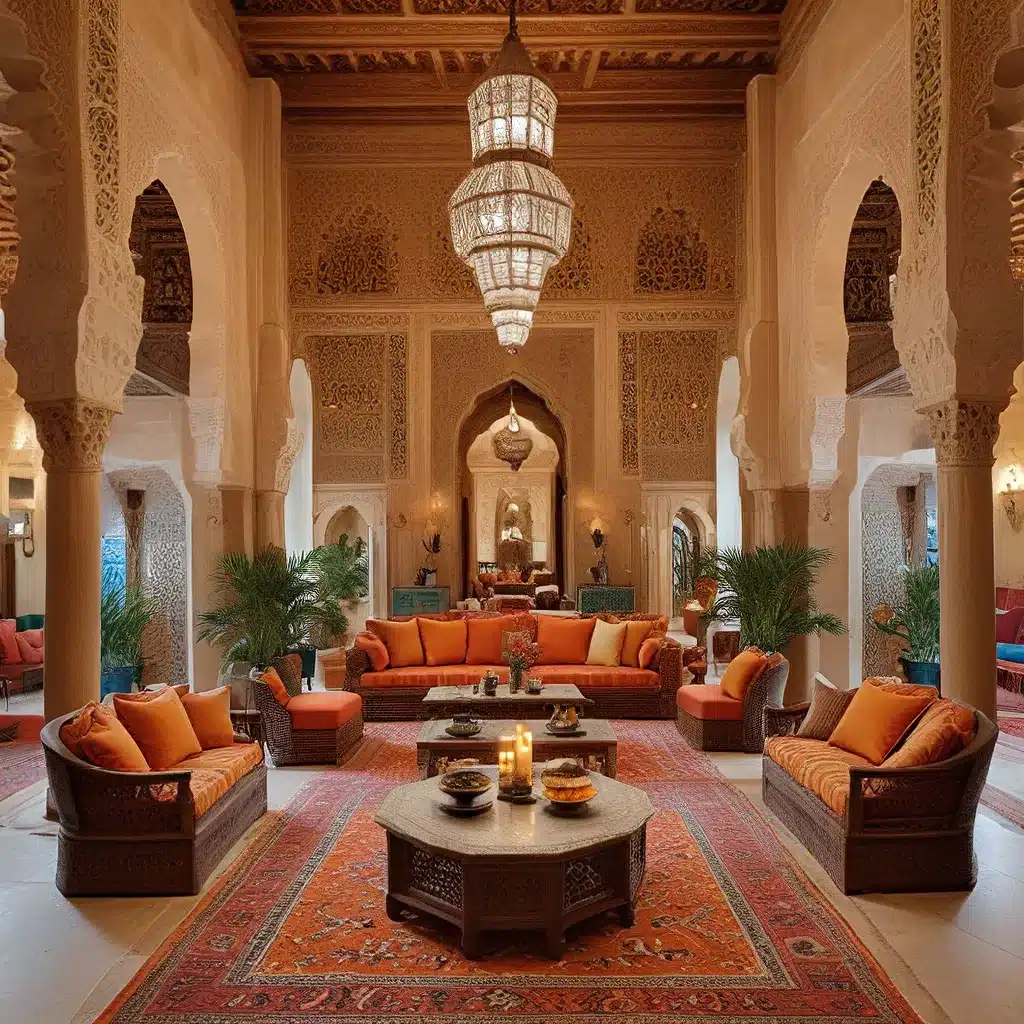
Unlocking the Allure of Moroccan Design
As I step into the world of Moroccan design, I can’t help but feel a sense of captivation. This style, rich in vibrant colors, intricate patterns, and a unique blend of cultural influences, has long held the imagination of designers and homeowners alike. It’s a design aesthetic that transports me to a land of spice-scented souks, ornate architecture, and a tapestry of artistic traditions.
But what is it about Moroccan design that makes it so alluring? Well, my friends, let me take you on a journey through the history, the key features, and the contemporary interpretations that have kept this design style relevant and revered in the global landscape.
Rooted in a Melting Pot of Cultures
The history of Moroccan design is as rich and complex as the country itself. Tracing its roots back to the 7th century, the arrival of Islam ushered in a significant cultural, economic, and scientific growth in the Islamic world, which greatly influenced Moroccan architecture and art. The introduction of Islamic geometric patterns and calligraphy, coupled with the use of vibrant colors, became a staple in this design style.
The famous Moroccan riads – traditional houses with interior courtyards and intricate tile work – are a testament to this era’s influence. But Moroccan design didn’t stop there. In the 19th and 20th centuries, European influences, particularly during the French and Spanish colonial periods, introduced new architectural styles and modern materials. Rather than diluting the traditional Moroccan style, these influences were often blended with indigenous elements, leading to an eclectic and adaptive Moroccan design.
Today, Moroccan design continues to evolve, with designers and architects finding innovative ways to incorporate traditional motifs and techniques into modern contexts. This evolution reflects a deep respect for heritage while embracing contemporary design trends, ensuring that this design remains both relevant and revered in the global design landscape.
Signature Features of Moroccan Design
Moroccan design is renowned for its vibrant colors, intricate patterns, and rich textures. These elements create a distinctive and captivating aesthetic that can be seamlessly woven into the fabric of modern homes. Let’s dive deeper into some of the key features that define this style:
Vibrant Color Palette
One of the most striking aspects of Moroccan design is its vibrant color palette. From the deep, earthy tones of terracotta and ochre to the vibrant blues and greens inspired by the country’s natural landscapes, these colors create a sense of warmth and energy that is simply mesmerizing.
Intricate Patterns
Moroccan design is characterized by its intricate patterns, often inspired by the Islamic geometric designs and calligraphy that were introduced during the Islamic Golden Age. These patterns can be found in everything from tile work and textiles to carved woodwork and metalwork, creating a mesmerizing visual tapestry.
Rich Textures
Texture is another key element of Moroccan design, with a wide range of materials and finishes used to create a tactile and sensory experience. Handwoven rugs, carved wood, beaten brass, and intricate tilework all contribute to the rich and luxurious feel of this design style.
Architectural Elements
Moroccan architecture is equally captivating, with features like arched doorways, ornate fountains, and intricate tile work that add a sense of grandeur and elegance to the spaces they inhabit. The riad – a traditional Moroccan house with an interior courtyard – is a prime example of this architectural style.
Blending Tradition and Modernity
As we continue to explore the fusion of different design styles, Moroccan design stands as a testament to the beauty of cultural convergence and the timeless appeal of art and architecture that transcends boundaries. But how can you, as a modern homeowner, seamlessly integrate this enchanting aesthetic into your living spaces?
The key is to blend the traditional Moroccan elements with modern aesthetics in a way that respects the integrity of both styles. This can be achieved through a variety of approaches, from subtle infusions of Moroccan-inspired accents to bold, transformative redesigns.
Subtle Integration
For those who prefer a more understated approach, incorporating Moroccan elements can be as simple as adding throw pillows with intricate patterns, hanging ornate lanterns, or displaying handcrafted ceramics. These small touches can instantly inject a sense of cultural richness into your space without overwhelming the overall aesthetic.
Bold Transformation
On the other hand, those who are seeking a more dramatic transformation can take a bolder approach. This may involve incorporating Moroccan-inspired architectural features, such as arched doorways or intricate tile work, or even designing a dedicated Moroccan-style lounge area within your home. The key is to strike a balance between the traditional and the contemporary, creating a cohesive and visually captivating space.
Exploring Design Possibilities
When it comes to visualizing and implementing Moroccan elements in your home, Sofa Spectacular offers a unique and user-friendly platform. Our tool allows you to upload images of your space and experiment with different Moroccan elements, helping you to see how these changes would look in your actual home. With features like BeautifulCreative Redesign and Precision, you can fine-tune every aspect of your Moroccan-inspired design, ensuring that it aligns perfectly with your vision.
Whether you prefer a subtle integration or a bold transformation, the fusion of Moroccan design and modern aesthetics offers a world of possibilities. So why not embark on a journey of cultural exploration and let the allure of Moroccan design transform your living spaces into a captivating oasis of timeless elegance?
Embracing the Artistry of Morocco
As I reflect on the rich tapestry of Moroccan design, I can’t help but be in awe of the artistry and craftsmanship that has been passed down through generations. From the intricate tilework and carved woodwork to the handwoven rugs and beaten brass, each element is a testament to the meticulous attention to detail and the deep respect for tradition that characterizes this design style.
In a world driven by mass production, it’s refreshing to embrace the timeless art of handweaving, a tradition cherished and passed down through generations of Berber artisans. Each rug, each piece of pottery, each metalwork masterpiece, tells its own story woven with care and passion by craftspeople who create not just products, but masterpieces that resonate with the soul.
As I navigate the ever-evolving landscape of design, I’m reminded that the enduring appeal of Moroccan design lies in its ability to connect us to a rich cultural heritage and to ignite our senses with its vibrant colors, intricate patterns, and luxurious textures. It’s a design style that transcends boundaries, inviting us to explore, to experience, and to be inspired by the timeless artistry that has captivated the world for centuries.
So, my friends, let’s embrace the Moroccan Majesty and let it elevate our living spaces into oases of exotic luxury and timeless elegance. After all, the allure of this design is not just about the physical space, but the stories it tells, the emotions it evokes, and the connections it forges** between the past, the present, and the future.


